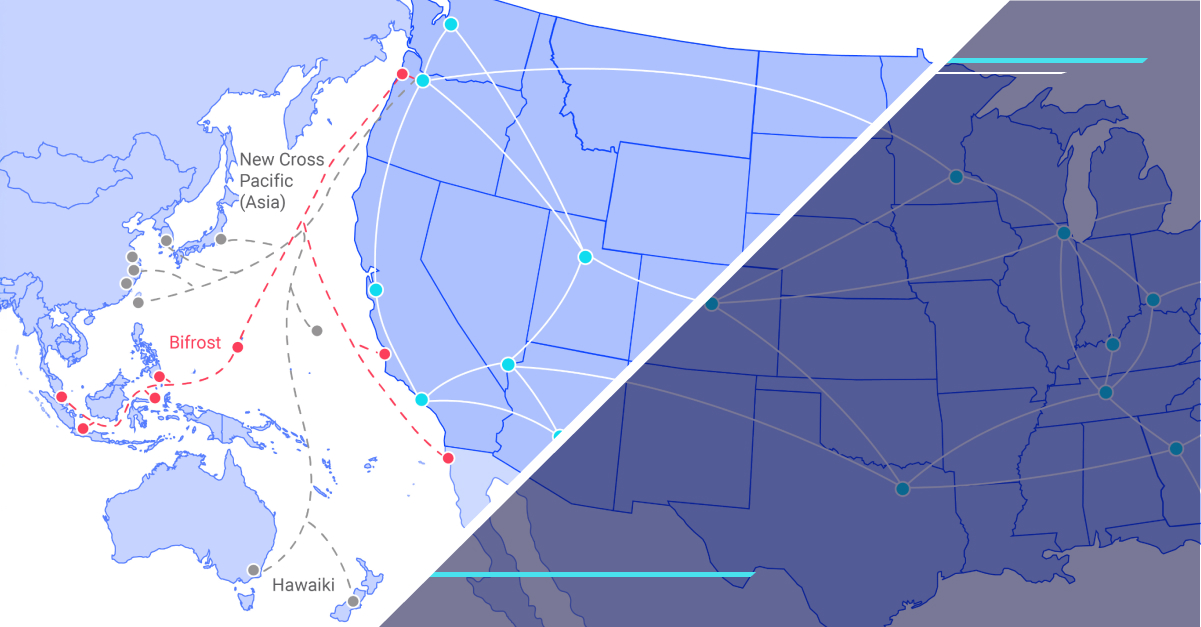Disaster recovery team roles and plan: Who should be included?
A key question for disaster recovery planning is: What is a disaster recovery team and who needs to be at the table? Here are some answers.

What is a disaster recovery team?
A disaster recovery (DR) team is a group of individuals who are tasked with developing, documenting, and executing processes and procedures for an organization’s data recovery, business continuity, and IT infrastructure in the event of a disaster or failure. Effective communication and collaboration are crucial in disaster recovery efforts to ensure seamless execution and coordination across various departments and stakeholders.
If you’re starting to put together your disaster recovery plan, or you’re looking to improve an existing plan, assembling the right DR team is a vital first step. Disaster recovery plans are essential for developing comprehensive responses to various disruptions. Without the proper personnel working together, collaborative DR planning can be disjointed and incomplete. It all starts with an expert team whose specializations cover all areas of IT.
Based on our experience in DR planning, we've compiled a list of roles that can help you create a successful, group-oriented disaster recovery planning team. If this list contains positions that aren’t necessarily specified within your organization, that’s OK—start by assigning roles within the DR planning team before you begin working on your disaster recovery strategy.
Definition and purpose of a disaster recovery team
A disaster recovery team is a group of individuals responsible for developing, documenting, and executing processes and procedures for an organization’s data recovery, business continuity, and IT infrastructure in the event of a disaster or failure. The primary purpose of a disaster recovery team is to ensure that an organization can quickly recover from a disaster or failure, minimizing downtime and data loss, and ensuring business continuity. By having a dedicated recovery team, organizations can effectively manage and mitigate the risks associated with unexpected disruptions, safeguarding their critical operations and data.
Importance of a disaster recovery team in business continuity
A disaster recovery team plays a crucial role in business continuity by ensuring that an organization can respond to and recover from disasters or failures in a timely and effective manner. The team’s efforts help to minimize the impact of a disaster on business operations, ensuring that critical business functions can continue to operate with minimal disruption. By having a disaster recovery team in place, organizations can reduce the risk of data loss, reputational damage, and financial losses associated with extended downtime. This proactive approach not only protects the organization’s assets but also instills confidence among stakeholders, knowing that there are robust plans to handle any unforeseen events.
Key characteristics of an effective disaster recovery team
An effective disaster recovery team should possess certain key characteristics, including:
- A clear understanding of the organization’s business continuity goals and objectives: Team members should be well-versed in the overarching goals of the organization’s business continuity plan, ensuring that their efforts align with these objectives.
- A well-defined disaster recovery plan that aligns with business continuity goals: The disaster recovery plan should be comprehensive and tailored to support the business continuity strategy, addressing all potential risks and recovery scenarios.
- A team leader with strong leadership and communication skills: The disaster recovery team leader should be capable of guiding the team through the recovery process, making critical decisions, and maintaining clear communication with all stakeholders.
- A diverse range of skills and expertise: The team should include members with expertise in IT, business continuity, and crisis management, ensuring a well-rounded approach to disaster recovery.
- Regular training and exercises: To ensure preparedness, the team should engage in regular training sessions and disaster recovery drills, keeping their skills sharp and up-to-date.
- A culture of continuous improvement: The team should be committed to identifying and addressing potential gaps in the disaster recovery plan, continuously refining their strategies to enhance overall effectiveness.
Your DR planning team: Who should be included?
Executive management
Executive team members won't need to be heavily involved with DR planning, but it's important to have them for oversight. You'll need approval for recovery point objectives involving:
- Strategy
- Policy
- Budget
- Dealing with obstacles
…and executives hold the key to these things. If you make them aware of the DR team and keep them abreast of your planning initiatives, you'll get buy-in when changes need to be made.
Crisis management coordinator
The crisis management coordinator should be a business leader who will oversee data recovery management when disaster strikes. This person will:
- Initiate recovery plans with the team. The coordinator is also responsible for implementing disaster recovery plans that align with the organization’s business objectives.
- Coordinate efforts from the beginning of a disaster through successful recovery
- Handle problem resolution as issues arise
- Eliminate factors that are delaying the process
Business continuity expert
Business continuity is a broader initiative, but it's integral to disaster recovery. It sets out the groundwork and strategy needed to allow businesses to continue operations or fully recover operations if a disaster event does occur. It considers the whole organization but focuses on specific technologies and business functions.
The business continuity expert should have two responsibilities in your IT disaster recovery process:
- Make sure that the DR strategy and plan are in alignment with business needs, which have been determined by a thorough Business Impact Analysis (BIA). The BIA should be complete before DR planning starts. If you haven't done a proper one, you can prepare an informal BIA just to keep the process moving but know that a complete, strategic BIA is critical to DR. The proper analysis identifies specific goals and allows DR efforts to support actual recovery needs. To keep everyone on the same page, the business continuity expert should facilitate open communication between business and IT, making sure they are together in purpose and alignment.
- Confirm that the critical pieces of the business continuity plan are also present in the DR plan. The IT team has the technology know-how, but they might not be aware of some business fundamentals that play a role in an emergency: correct reporting procedure in the midst of an event, contact information for critical personnel and vendors, etc. These are major factors for a smooth, successful recovery.
Impact assessment and recovery team
The disaster recovery teams will have the most responsibility in an actual recovery event; they have most of the expertise and technical knowledge required for effective disaster recovery strategies. You’ll need four infrastructure representatives to cover networks, servers, storage and databases. Each should be accountable for identifying, implementing, and testing the correct solutions and strategies that will ultimately recover operations. These strategies should be focused on meeting the demands of the critical business units identified within the BIA. Here’s what each representative should take into account:
Networks and telecom
The networks and telecom group understands your organization’s network infrastructure and should be thoroughly familiar with the recovery tactics necessary if connectivity gets taken down. Because a disruption will make it hard for personnel to communicate both internally and with external customers and partners, they should also know the voice communication infrastructure.
Servers
The server rep needs to know the server and OS infrastructure like the back of their hand, as well as the replication and backup technologies required to execute recovery. Virtual machines are the norm now, so the server rep should also be aware of the differences between virtual and physical environments and their implications for DR.
Storage
Here’s where replication and data protection come in. Both are at the center of your recovery capability and strategy. Remember, storage within the processing environment won’t always be local, whether the servers are physical or running in the virtual environment.
Database administration
Databases that hold application data are architectures in and of themselves. They can operate on shared or individual servers or might be shared among applications. Data protection will also impact application data and database recovery, so the database administration representative needs to be aware of the effects down the line.
IT applications monitor
The IT applications monitor can have a varying level of influence and responsibility depending on your plans for recovery, as well as the severity of the disruption. At a minimum, the IT applications monitor should know exactly which application tasks need to be executed based on the restoration plan, including:
- Data consistency
- Application integrations
- App settings and configuration
The IT applications monitor should collaborate with the impact assessment and recovery team to identify recovery steps and put together a plan that addresses critical business unit requirements.
A nice-to-have, not a need-to-have: Critical business unit advisors
Your DR planning dream team can work without these individuals, but your efforts will be greatly enhanced if you can involve representatives from each business unit within the BIA to provide feedback on DR planning efforts. It's a proactive move to gain input from unit advisors while the plan is in the initiation stage. This helps identify which business processes will be affected by proposed recovery steps and provides the opportunity to discuss feasibility. Otherwise, you risk having recovery efforts that will negatively affect the needs of a business unit.
Final thoughts
Critical business units should be your primary focus, but don't overlook the less critical applications; they still play a role. If a disaster does occur, many systems and processes will lose functionality and will require restoration. While ancillary applications may not be do-or-die, it's worth talking about how you'll get them up and running when the time comes.
Once you form your DR planning team, you'll be well-equipped to create comprehensive, effective business recovery plans that address your needs across all units. Having individuals from each area of technology work together puts you in a better position of defense and allows personnel to share ideas and expertise before strategy development is executed.
If you think coordination among teams might be a bumpy process, integrate a DR template into the mix. This will consider the responsibilities of all the relevant parties and help you create a formal DR solution from scratch, tailoring a plan specific to your company's needs while uncovering potential gaps.
Do you need to develop a DR plan or review your current one? Contact Flexential today to speak with one of our experts.





